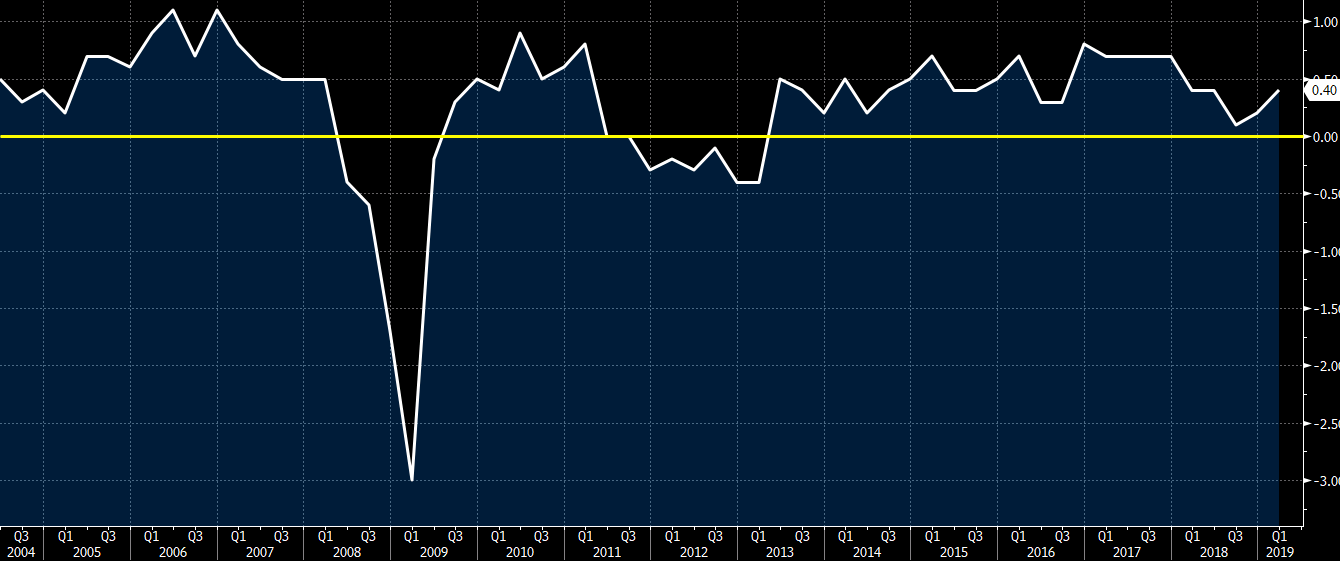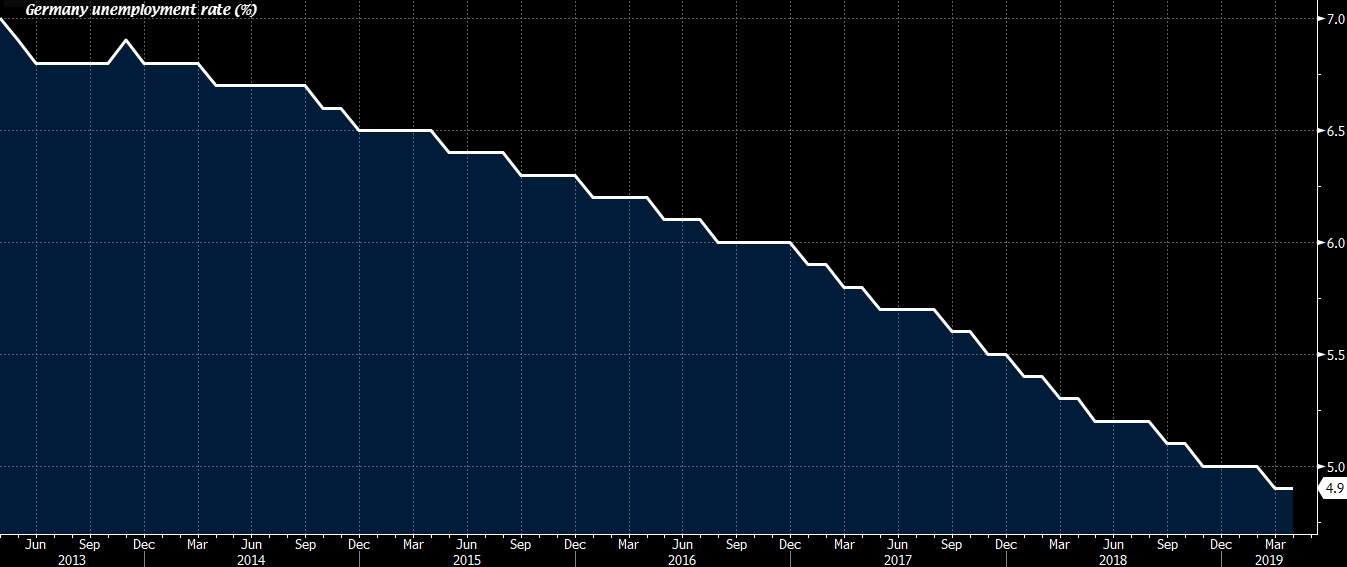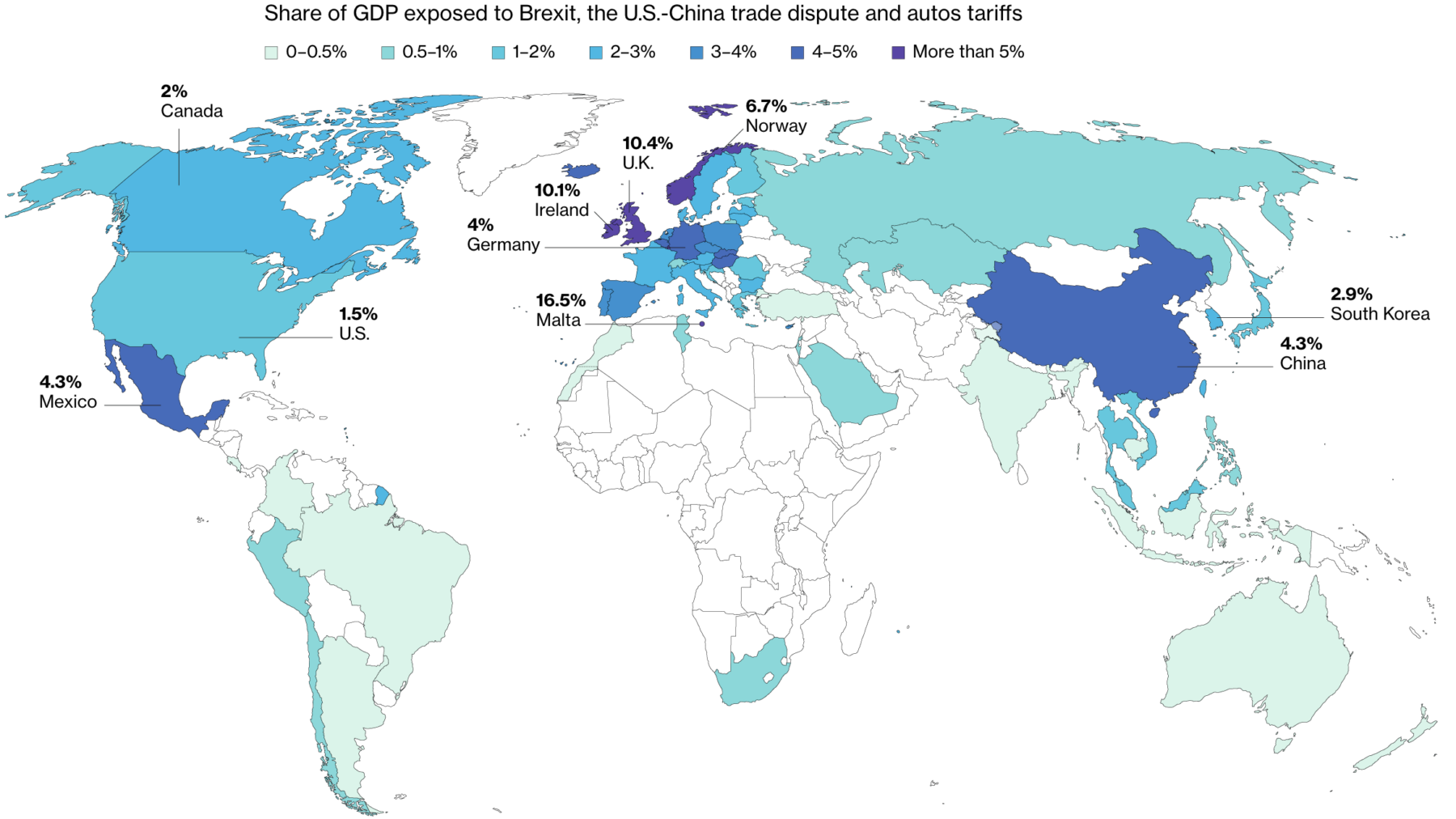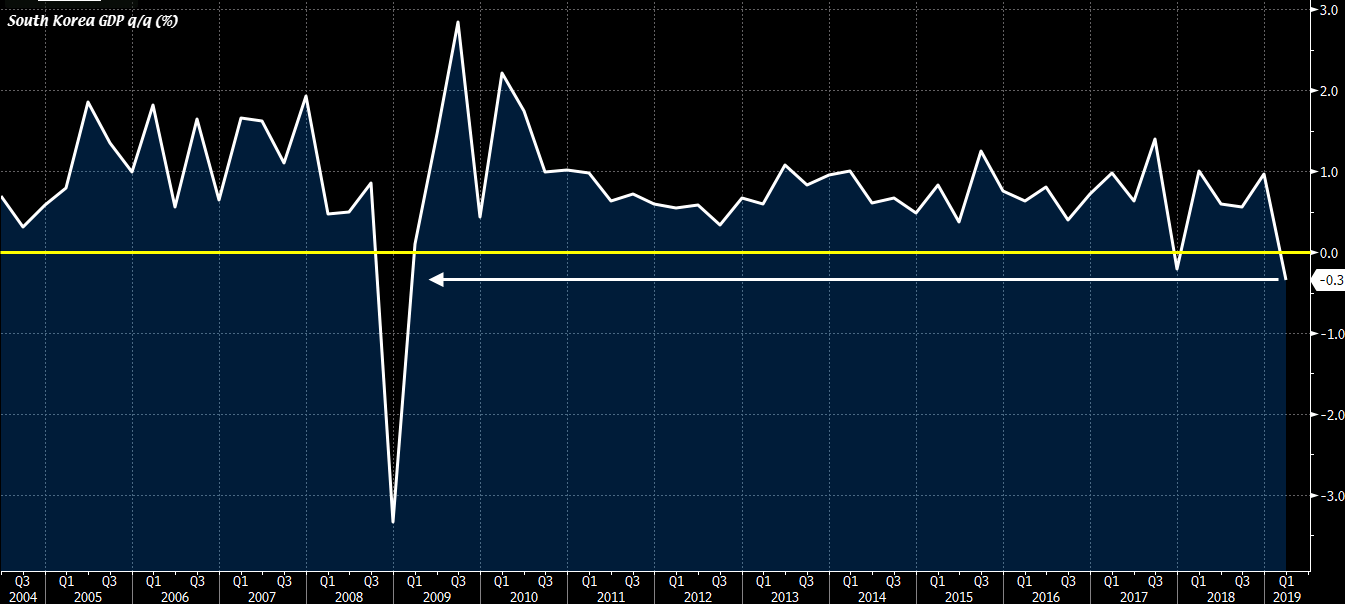China PMIs for April will be during the session here, 0100GMT and the private survey at 0145GMT
Preview here:
- China April PMIs are released from Tuesday – heads up preview
Otherwise, from the top:
2200 GMT New Zealand financial statements for 9 months into the fiscal year-on-yearThis is where 2301 GMT UK data – GFK Consumer Confidence for April, expected -13, prior -13
2301 GMT UK data again, Lloyds Business Barometer for April, prior 10
2330 GMT Australia ANZ/Roy Morgan Consumer Confidence, week ended April 28.
- Last week was a good jump to 119.5
0100 GMT New Zealand, ANZ business survey for April
- Business Confidence prior -38.0 (this is running along at deep, deep lows)
- Business Activity Outlook prior 6.3
0100 GMT China PMIs, preview here (ICYMI!):
- China April PMIs are released from Tuesday – heads up preview
0130 GMT Australia Private Sector Credit for March
- expected 0.3% m/m, prior 0.3%
- expected 4.0% y/y, prior 4.2%
- The weaker housing sector has impacted on credit growth (or vice versa … arguments rage!), its slow. I’ll be interested in the credit to business, which is part of the detail – the data has been choppy around a slow uptrend, its been decelerating from that slow trend also.
0145 GMT back to China for more PMI – this time the Caixin China General Manufacturing PMI
- expected 50.9, prior 50.8





